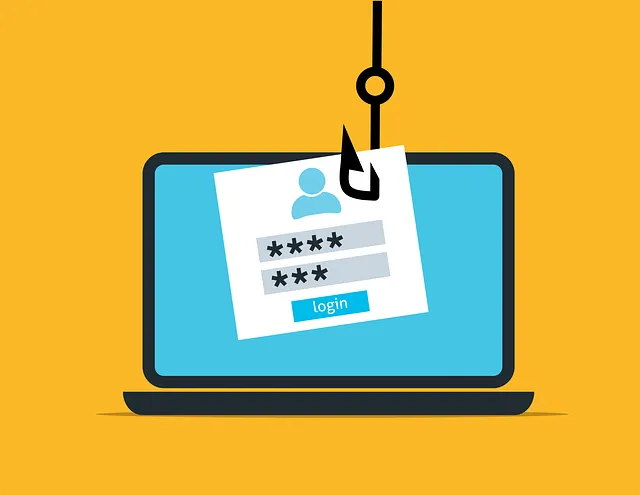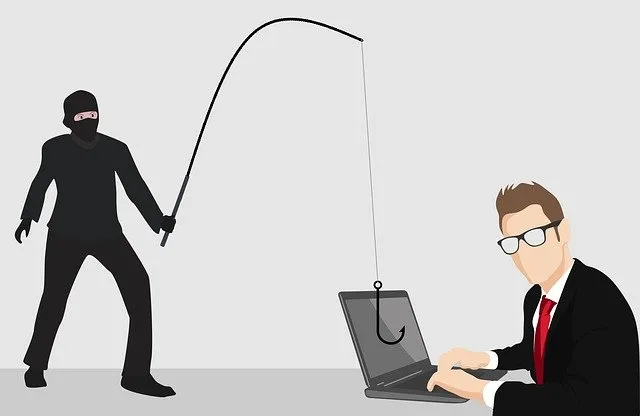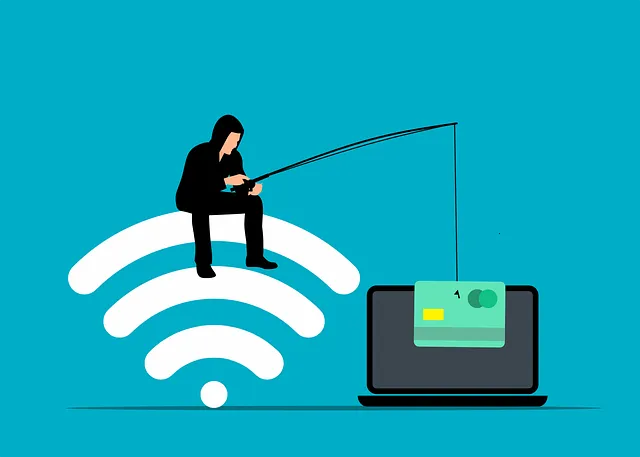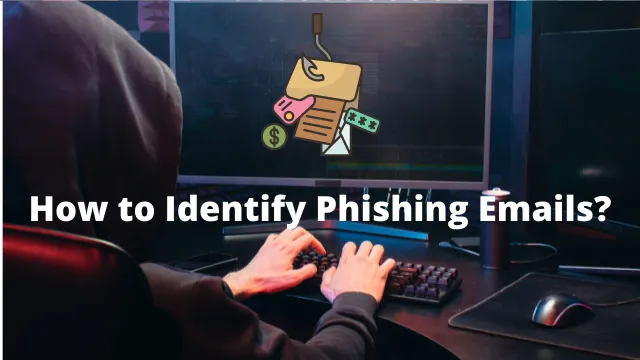How to identify phishing emails?
People like to dress up for carnival or Halloween and similarly some e-mails just pretend to be something other than what they actually are. With websites and e-mails that are faithfully reproduced, scammers want to elicit confidential data from users. Hence this article it about learning to Identify phishing emails.

At worst, criminals can use this information to raid their victims accounts or steal their identities. This phishing often spreads as spam mail (junk mail) and reaches countless recipients.
In special cases, however, the criminals have their sights set on a single big “fish”, which they purposely dupe in this way. Experts call this spear phishing, spear fishing, since a specific victim is specifically selected and hunted. But no matter how phishing is used, it is a serious threat to your data.
What is phishing?
This is a technique where hackers con you for sharing your personal information or account data. Once they get your personal data, hackers change it and create a new user credentials or install malware (such as backdoor) into your system to steal sensitive data further.

If I suspect that I have received a phishing email, what should I do?
- Be suspicious
- Install protection software
- Delete suspicious emails
- Analyze headers
- Access bank pages directly
How to recognize phishing emails more easily
Have a close look when
- Passwords, PINs or account data are requested.
- You are only addressed with “Dear user” or “Hello dear customer”. Shopping providers and banks know your name and always address you by it. However, the name is no guarantee of security, since sophisticated scammers can now find out the name.
- There are discrepancies in the URL (website address), the URL is misspelled, or you find spelling/grammatical errors. Phishing emails and the websites linked to them are sometimes full of errors.
- The message went to a different e-mail address than the one with which you are registered to. Also the e-mail comes from a different sender address than usual.
- You are prompted to download a file from the attachment or from a linked website.
- Different font sizes and colors are used in an email, images are blurred or the background color of the email is different than usual.
- The e-mail is in a different language, although your bank or online department store usually contacts you in your language.
- The e-mail is from your bank, insurance company, debt collection agency or telephone company. The same applies to e-mails that supposedly come from Amazon, eBay and refer to changes in the payment system. Banks usually contact you by post for important changes. This also applies if a signature or something similar is required. Therefore always be very skeptical about e-mails from banks.
- You are promised to win. You can be almost certain it’s a scam if you’re the winner of a contest you’ve never entered.
- A stranger asks for money and in return promises you a dizzying amount of money in exchange for the loan.
Additional Precaution
Header Analysis: Even if you don’t see anything suspicious at first glance, always remember that skilled scammers can fake almost anything. Websites, email addresses, even entire call centers have already been set up by clever criminals for large-scale scams. The IP address can be an indication of the tracing back of the sender. You can find the IP address in the header (head of the email). You can then use this information to conduct further research for authenticity.

Action Required
If the email contains a link, always be careful. Never call up your bank’s website via a link from an e-mail, always use the direct entry in your browser. This is how you avoid being lured to a manipulated site.
If one or more of the above points apply, you should delete the e-mail to be on the safe side.
In case of any doubt, keep your hands off the email. The provider in question is genuine and has a real concern, they will contact you by post if necessary.
Must Read:
- What is DDoS attack and How it works?
- Different Types of Processor Socket in Motherboard
- SSL/TLS Vulnerability Fix for Nessus Scanner
Conclusion
This is simple guide to identify phishing emails to secure your personal data from getting shared. There are tons of information already lying on internet but we should know what to access and what not. Hope above information will help you and don’t forget to share it with your near ones so that they shouldn’t become a victim.

